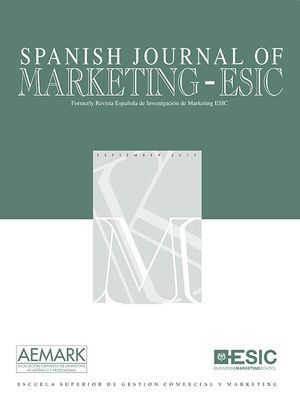Dado el valor de la imagen para las instituciones, esta investigación desarrolla un modelo para la medición de la imagen de la Universidad percibida por sus egresados. Además, busca analizar la influencia que tiene esta imagen en la identificación y lealtad del egresado para con su institución. El análisis de resultados evidencia empíricamente la estructura cognitiva-afectiva de la imagen y su influencia positiva en la identificación y lealtad. Las conclusiones e implicaciones sugieren acciones encaminadas a la mejora de la gestión de la imagen de la universidad, haciendo énfasis en las dimensiones que tienen mayor peso en su formación.
Given that image is the institution's most valuable asset, this research formulates and develops a model for measuring the university's image perceived by its graduates. Furthermore, an analysis of the influence of image on identification and loyalty is provided. Results confirm the cognitive-affective structure of the image and its positive influence on the graduates’ levels of identification and loyalty. The conclusions and implications that arise from the results obtained suggest actions to improve the management of the image of the University with an emphasis on the dimensions that obtained more weigh, among other aspects of interest.
Autora de contacto: Amparo Cervera. Universidad de Valencia. Facultad de Economía. Avda. de los Naranjos s/n. 46022 Valencia.
La presente investigación ha sido elaborada en el marco del i+d+i del plan nacional SEJ2007-68105-C02-01/ECON y SEJ2007-68105-C02-02/ECON del Ministerio Español de Educación y Ciencia





